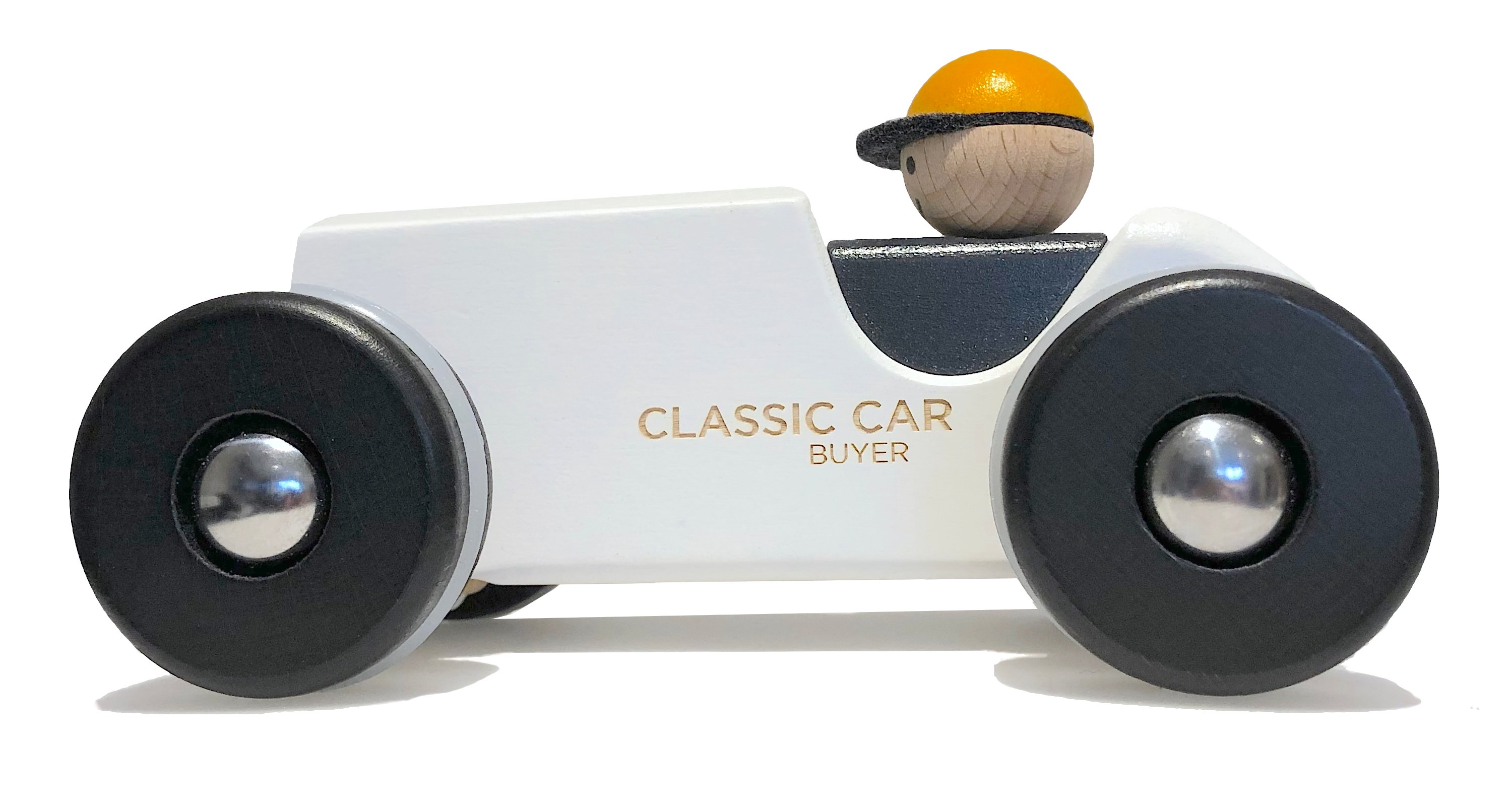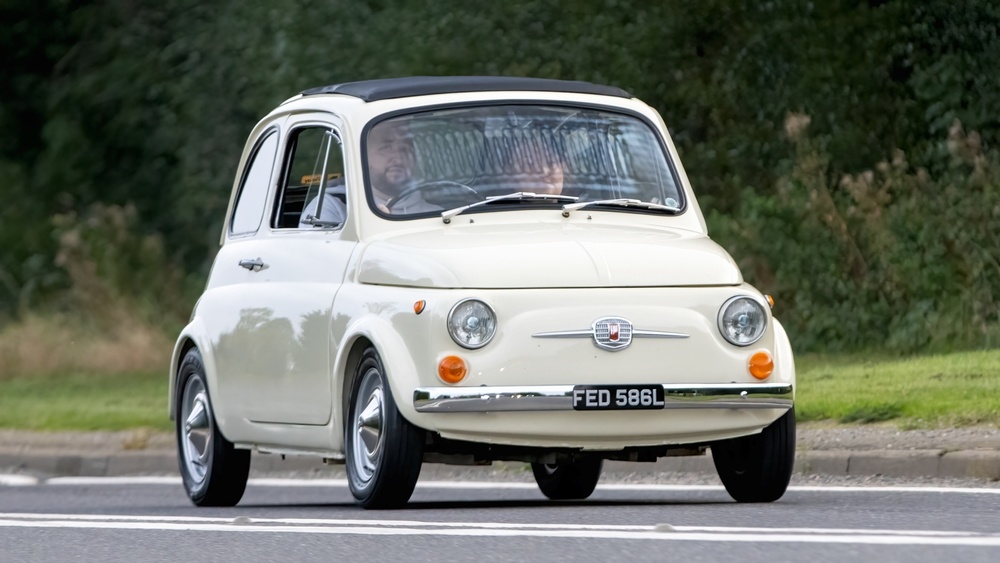The 1980s were a bit of a golden era for British motoring. It was a decade of Rubik’s Cubes,...
Affectionately known as the ‘Cinquecento’, this compact little city car has driven its way right from the start into the hearts and minds of car lovers all over the world. In this article we take a look at the captivating history of this spirited dynamo, and we think you’ll see why the Fiat 500 is more than just any old car...
A post-war legend
The story of the Fiat 500 began in the summer of 1957, amidst the post-war economic boom in Italy. Designed by the legendary Dante Giacosa, the original 500 was envisioned as a car for the masses. Small, affordable and super practical, it was the perfect antidote to the gas-guzzlers of the same era. Giacosa received a Compasso d’Ora prize for its design - the first time that this illustrious prize was awarded to a car manufacturer.
Giacosa’s design was nothing short of revolutionary. At just under 3 metres in length, the 500’s compact size belied its functionality. The car featured a rear-mounted, air-cooled, two-cylinder engine that produced a modest 13 horsepower, yet it could reach a top speed of 53 mph. The simple but effective design included a fabric sunroof as standard, which not only reduced the weight but also kept costs down. Its fuel efficiency made it an instant hit in an age where every penny counted.
With its cheeky, bug-eyed headlights and small body, the 500 quickly earned a reputation for its cute and quirky aesthetic. But don’t let its size fool you; this tiny titan was an engineering marvel, with a minimalistic yet functional interior that was designed to maximise space, making it surprisingly roomy for its size.
The swinging sixties
As the 1960s swung into full gear, so too did the popularity of the Fiat 500. It became a symbol of freedom and fun, epitomising the carefree spirit of the time.
In Britain, the Fiat 500 carved out a niche of its own. As Brits embraced this foreign marvel, it became a darling of youth culture, embodying the playful, rebellious ethos of the time. It wasn’t just a car; it was a statement, a tiny revolution on wheels in which to have fun.

Lots of letters
Throughout its production run, the Fiat 500 saw numerous updates and iterations, each bringing a touch more flair and functionality. The 500D, introduced in 1960, brought a more powerful 499cc engine, boosting the power output to 17 horsepower. This model also introduced the now-iconic ‘suicide doors’, which hinged from the rear, adding a distinctive character to the vehicle.
The 500F, which debuted in 1965, modernised the design further. Also known as the Berlina, it featured front-hinged doors for improved safety and convenience, a slightly revised interior for greater comfort, and enhancements to the chassis for a smoother ride.
By the time the 500L (also known as the Lusso) arrived in 1968, the car had adopted a touch of luxury. The 500L offered a revamped interior with a more refined dashboard, plush seating and a plastic steering wheel with metal spokes, making it the perfect blend of style and substance.
Perhaps one of the most beloved variants was the 500K (also known as the Giardiniera), a versatile estate version that extended the car’s length to accommodate more luggage. The unique design included a side-hinged rear door and flat-folding rear seats, making it an ideal choice for families and small business owners.
Production of the Fiat 500 finished in 1975, after over 3.8 million units had been made. It was replaced by the Fiat 126.

A modern revival
Fast forward to the 21st century, and the Fiat 500 experienced a renaissance. Reintroduced in 2007, the new 500 (with four seats and three doors) retained all the retro charm of its predecessor while embracing modern technology and comforts. This clever nod to nostalgia struck a chord with a new generation of drivers, and the 500 once again became a global sensation.
It would be amiss of us to not mention the car’s shining role in Mission Impossible 7 - here’s a clip of the Fiat 500 in action with Mr Cruise at the wheel… I’m not sure I’d like to drive at that speed, on those cobblestones!
So what a car, and what a character! In essence, this little gem of a classic serves as a reminder that sometimes, the best things really do come in small packages.








